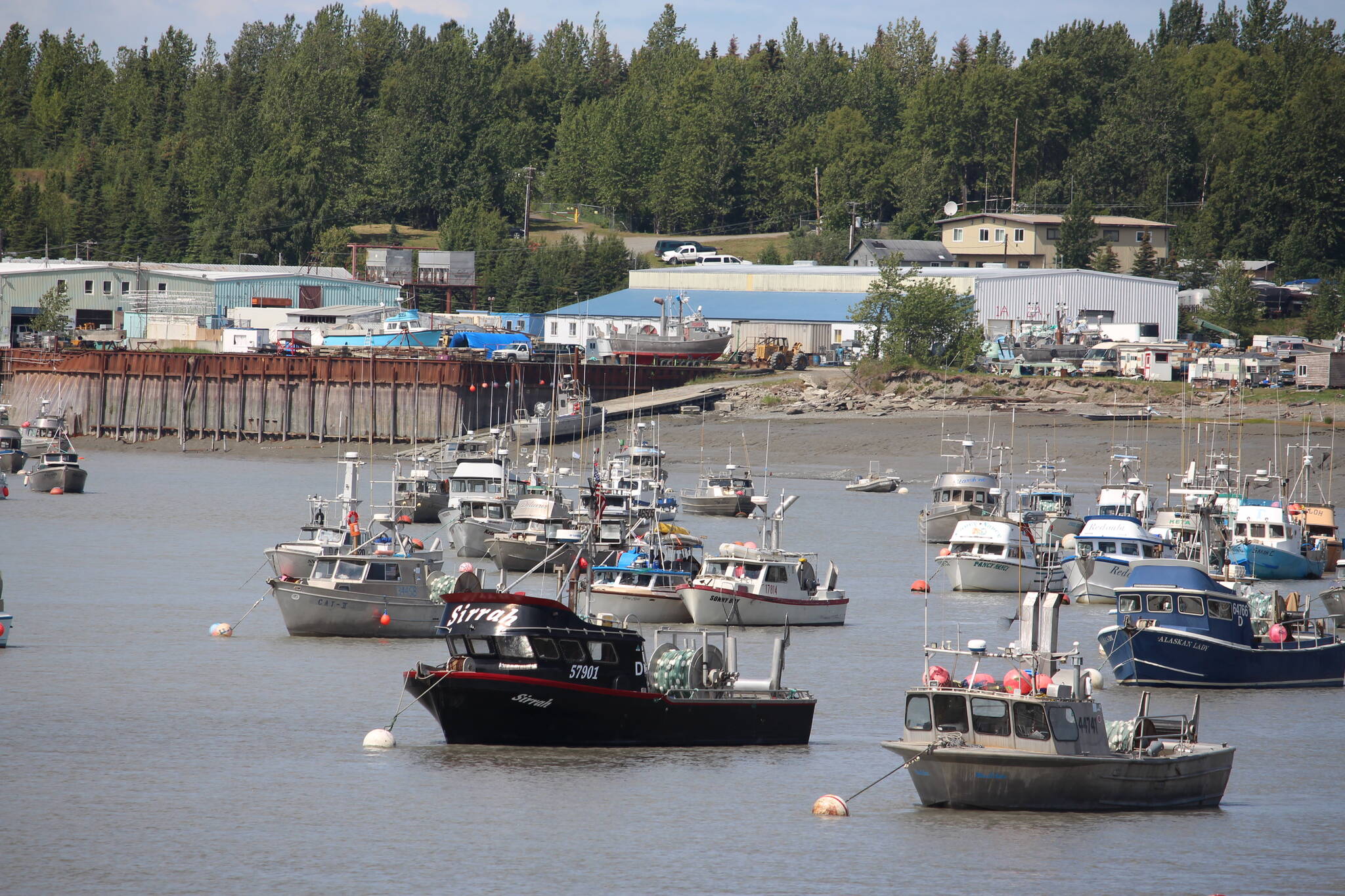The seafood industry in Alaska has taken a historic hit since the coronavirus was first detected in the state nearly two years ago, according to the November edition of the Alaska Economic Trends magazine released by the Department of Labor and Workforce Development.
Overall fish harvesting jobs in Alaska dropped by the widest margin since 2000 — 14.1% — in 2020. In Southcentral Alaska, the average monthly job count dipped from 1,690 in 2019 to 1,419 last year, the department reported.
Joshua Warren, an economist with the state, said the seafood harvest industry accounts for about 6% of employment in Alaska.
With disruptions from the pandemic, Warren said the whole state felt the impacts.
“We saw decreases throughout the entirety of the state,” he said.
Some notable challenges posed by the pandemic included restaurant closures, quarantine mandates, travel restrictions and social distancing. The industry spent an estimated $70 million on COVID-19 mitigation in 2020, which included quarantines, facility modification, transportation, cleaning and personal protective equipment, according to the Trends magazine.
Salmon is the species most harvested in the Southcentral region, along with halibut and some other species.
The magazine stated that the groundfish harvest had already lost jobs a few months before the pandemic. The small shellfish fishery saw a 25% decrease in employment, but the herring fisher was “unaffected.”
Warren said the job losses in the seafood industry are no small feat.
“While it’s only 6% of state employment … for some regions fishing is their predominant economic impact,” he said.
Ted Crookston has been commercial fishing in Alaska for 57 years and said the past two seasons have definitely put a strain on his operation.
“People were sent home (and) let go,” he said.
In addition to the hardships the pandemic posed on the industry, Crookston said he was perhaps even more so affected by the closures of the east side setnet fishery.
“We were certainly impacted by the closures,” he said. “We had geared up for the (COVID) regulations. … Had we been allowed to fish, we would have gotten through that.”
When the king salmon sport fishery on the Kenai and Kasilof rivers was closed this July, it also forced a shutdown of the east side setnet fishery.
“We never had a chance to put our (COVID) measures to the test,” Crookston said.
Looking forward to next season, he said he was “ridiculously … optimistic,” likely because he has the “fisherman gene” in his blood.
“We will gear up constantly and cover our bases as best we can,” Crookston said.
According to the Trends magazine, the industry had recovered about 42% of the jobs it lost at the highest peak in the summer of 2020.
Travel restrictions have also affected the industry, as approximately 75% of seafood processing workers are from out of state.
Almost half of all the statewide seafood processors work in the Bristol Bay and Bering Sea fisheries, but the Gulf Coast — which includes the Kenai Peninsula — is the next largest area with about 5,200 out-of-state workers, Trends reported.
Not only were seafood jobs lost due to COVID restrictions, but also because of infections among industry personnel affected the fishing season.
According to Trends, through October 2020, there had been 663 confirmed COVID cases among seafood workers, which amounted to about 5% of Alaska’s total cases.
The largest COVID outbreak was recorded in the last two weeks of July 2020 during salmon season, before the vaccines were approved by the Food and Drug Administration and the Centers for Disease Control and Prevention.
The magazine reported that “COVID cases among seafood workers fell dramatically” after vaccines became available.
Warren said he steers clear of making economic projections for the state seafood industry, but that he hopes more fishermen can come to Alaska next season.
The full Alaska Economic Trends magazine can be found at labor.alaska.gov/trends/nov21.pdf.
Reach reporter Camille Botello at camille.botello@peninsulaclarion.com.


